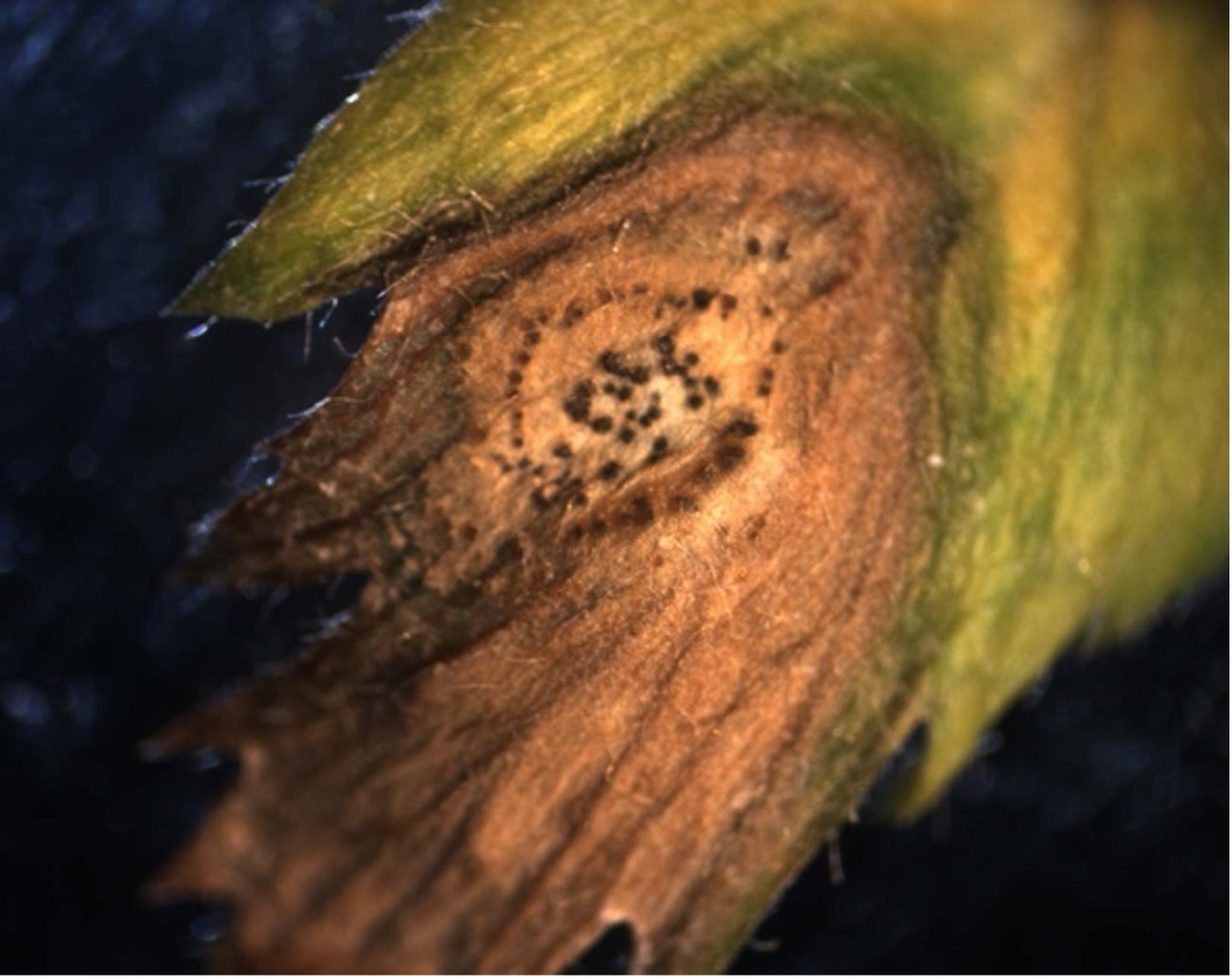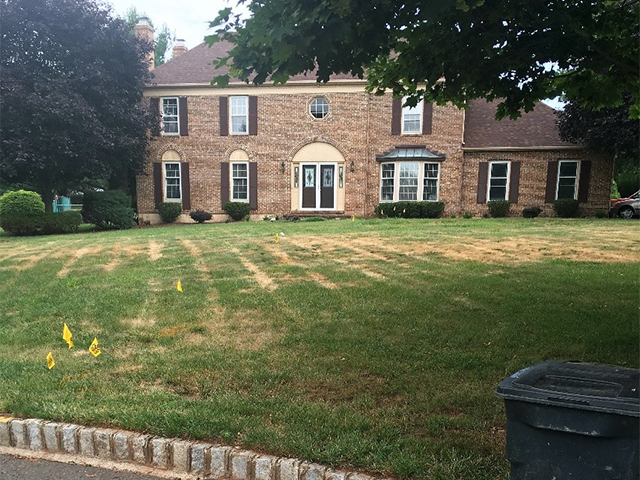

Application of fungicide significantly increased plant height, stem girth, pod per plant, grain yield, and harvesting index ( ) over untreated plots. The results showed that area under disease progress curve, percent severity index, disease progress rate, and percent disease incidence had strong mean significant differences ( ) between treated and untreated plots. The economic data obtained from the field experiment was analyzed using the partial budget analysis method. An analysis of variance was performed for disease, yield, and yield related and plant growth parameter data, using the Statistical Analysis System (SAS, 2003) version 9.1.3 software. The field experiment was arranged in a randomized complete block design with factorial combinations of variety, fungicide, and spray frequency levels in three replications. For the assessment of disease management, a total of 21 treatments were used, which comprised three fungicides, three spray frequencies, two varieties, and control. A field experiment was conducted to evaluate the efficacy of three fungicides with three spray frequency levels against Ascochyta blight disease of faba bean varieties. Your grass usually recovers on its own after a few weeks to a month.Ascochyta blight disease is a major problem in faba bean ( Vicia faba L ) production that causes 90% to 100% yield loss. Maintain balanced fertility – avoid to much nitrogen fertilizerĪscochyta leaf is a blight that affects the leaf and not the root of the plant, so it generally does not kill or cause plant mortality.Use good cultural practices that reduces grass stress.The disease occurs in late spring or summer during periods of warm weather, followed by wet soil conditions from rai, or excessive irrigation. From a single pycnidium, thousands of conidia ooze from the wet weather and are then dispersed by rain, irrigation, or mowing.

These pycnidia are resistant to breakdowns brought on by droughts or high temperatures. The disease survives as conidia in pycnidia on dead leaves and can also be found in the clippings that remain in the thatch. ConditionsĪscochyta can be found in senescing or dead leaves of many turf/grass species, most commonly found in Kentucky Bluegrass. Ascochyta blight is a foliar disease and generally, your grass will recover in just a few weeks to a month without any fungicide treatments.

Additionally, making sure the mower blades are sharp and set to the appropriate height (3 to 3.5″ or taller), can help slow the spread of the disease. In order to reduce the spread of the disease, wait to mow your lawn until the turf is dry, and try not to mow directly after excessive rain or storm. When these events happen, this provides a prime environment for this disease. If the lawn has been irrigated recently Ascochyta can be a sign of too much or over-irrigation. The outbreaks generally appear when there is an influx of rain or irrigation around mid to late spring when drainage patterns change. This sporadic disease is commonly known to infect Kentucky bluegrass, tall fescue, and perennial ryegrass. The Conspicuous but usually cosmetic – Ascochyta blight


 0 kommentar(er)
0 kommentar(er)
